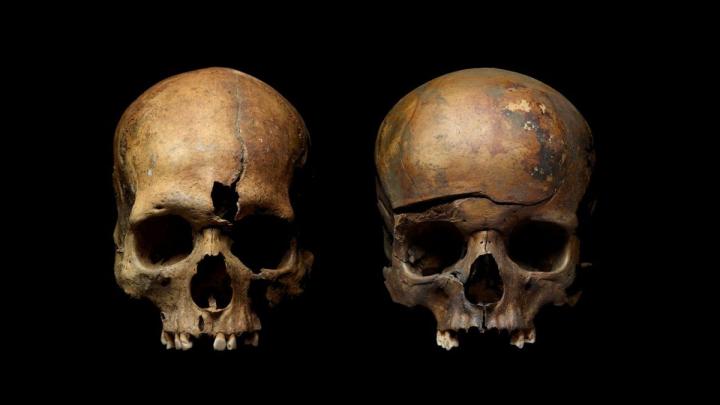Archaeologists unearth mass graves from Mongol invasion of Russia
Ars Technica » Scientific Method 2019-09-11

Enlarge (credit: Institute of Archaeology, Russian Academy of Sciences)
Archaeologists excavated part of the old city center of Yaroslavl, Russia, between 2005 and 2010 as part of an effort to restore its cathedral. During the digs, they discovered nine medieval mass graves holding the remains of at least 300 people, dating from the sack of the city by Mongols. It took another several years for their bones, the ancient DNA preserved within them, and some centuries-old blowfly larvae, to reveal a family tragedy set against the wider backdrop of Mongol expansion.
Fire and bodies lying in the snow
In the first half of the 1200s, Mongol leader Batu Khan (the grandson of Genghis Khan) conquered parts of modern-day Russia, Eastern Europe, and the Caucasus, adding them to what became known as the Golden Horde. He swept westward with an army of 130,000 soldiers, and for the cities in his path, the only options were surrender or slaughter. Smolensk opted to surrender and pay tribute to the Khanate, but 18 other cities—including Moscow and the capital of the principality that, at the time, ruled Yaroslavl—fell to fire and the sword.
The Mongol army reached Yaroslavl in February 1238. Many of the people buried in the mass graves afterward had clearly died violently; their bones carried the marks of stabbing, cutting, and blunt trauma. Some of the bones also showed signs of having been burned, probably in the fire that accompanied the attack, according to historical documents and archaeological evidence. Several of the graves had been the basements of houses and outbuildings; after the buildings burned down in the fire, the survivors or the conquerors found the exposed basements convenient places to dispose of the dead.